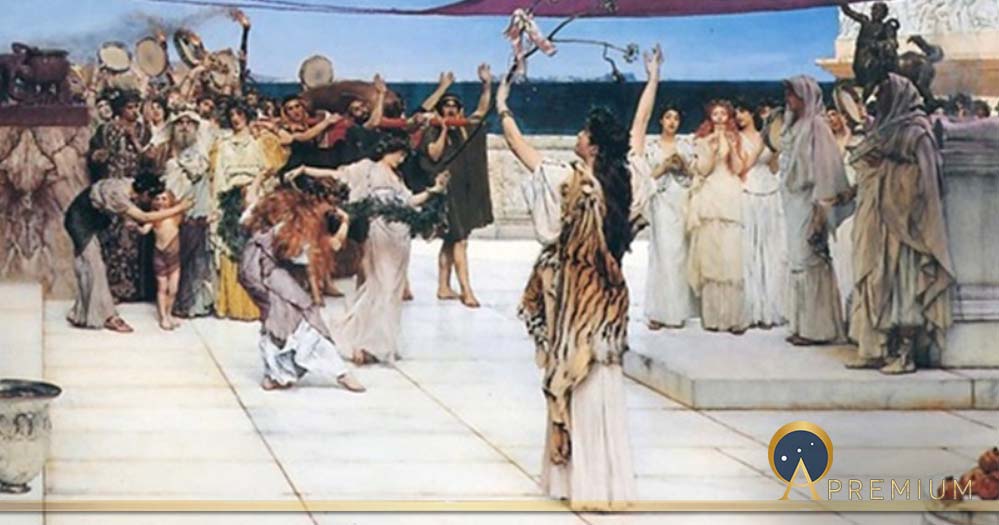Homeric Hymn to Demeter Or The Thesmophoria – Which Came First?
Evoking early agrarian rituals which celebrated the primal mysteries of birth, death, and resurrection, the Homeric Hymn to Demeter has the distinction of being amongst humankind’s first literary compositions honoring agricultural renewal and the Great Mother Goddess tradition. Thought to have been composed within 50 or so years after Homer’s epics, the Homeric Hymn to Demeter was penned in the seventh century BC and is one of a series of 33 Homeric hymns which honor individual deities. They are called Homeric, not because they were composed— or sung— by the poet known as Homer, but because they employ the same meter used in the epics: dactylic hexameter or six feet per line. These Homeric Hymns were originally sung as prayers and while there is no record of a specific performance of the Homeric Hymn to Demeter—hereafter referred to as the Hymn— most scholars agree that a portion of the Hymn was likely sung at the cult festivals honoring Demeter. It is useful to note that up until the eighth century BC, Greek culture had been conveyed orally only—not by written documents.

Demeter (left) handing ears of wheat to Metanire, the queen of Eleusis (Public Domain)
The Hymn begins when an agreement is reached between Persephone’s father, Zeus— Lord of the Gods—and his brother Hades— Lord of the Underworld, to allow Hades to abduct or marry Persephone without the knowledge or consent of either mother, Demeter, or daughter, Persephone. The abduction is the event that spurs the action of the myth and resonated with women of the Greek world whose marriages were made in this fashion. At heart, the Hymn is a woman’s story. All the major roles are played by females and the areas of concern: marriage, agriculture, and sacrifice are in the feminine realm.
Matrilineal Succession
Moreover, the Hymn honors matrilineal succession—a detail often overlooked in Greek literature. The intergenerational relationships seen in the poem are between Demeter, Persephone, and Demeter’s mother, Rheia (Rhea). Rheia is the Titan Mother Goddess who is mother to six of those living on Mount Olympus and is, in turn, daughter to Gaia, Mother Earth herself, the paramount primogenitrix Earth Goddess responsible for both Greek pantheons—the Titans and the Olympians. In the Hymn, Demeter is twice referred to as Rheia’s daughter, moreover, Rheia, as grandmother to Persephone, ultimately, plays a pivotal role in the story.
Like this Preview and want to read on? You can! JOIN US THERE ( with easy, instant access ) and see what you’re missing!! All Premium articles are available in full, with immediate access.
For the price of a cup of coffee, you get this and all the other great benefits at Ancient Origins Premium. And - each time you support AO Premium, you support independent thought and writing.
Extract from The Cult of the Captured Bride, (2023) by Mary Naples
Mary Naples is the author of The Cult of the Captured Bride, Visit her site at www.femminaclassica.com
Top Image: A dedication to Bacchus by Lawrence Alma-Tadema (1889)(Notice the pomegranates on the table on the right) (Public Domain)
By: Mary Naples
















